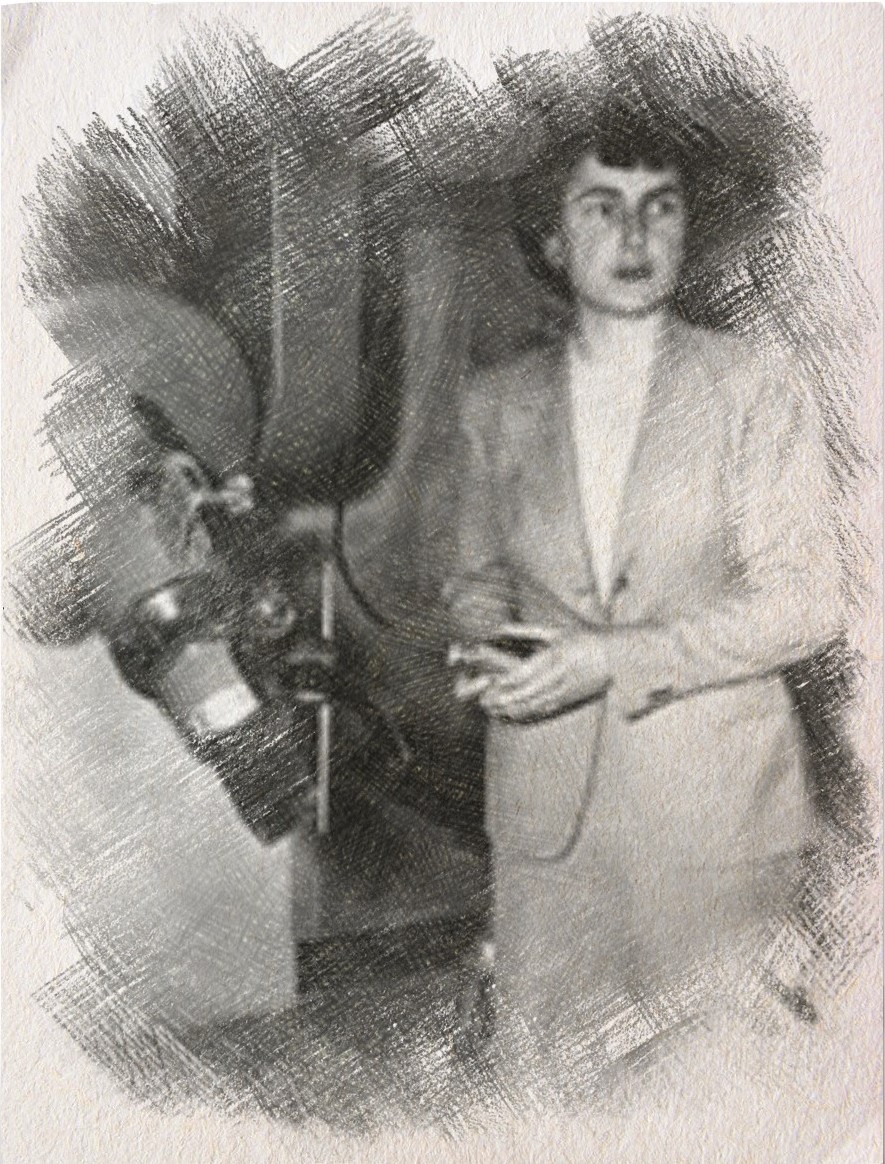Sylvia Olga Fedoruk
Sylvia Olga Fedoruk, physicist, educator, lieutenant-governor of Saskatchewan (born at Canora, Sask 5 May 1927; died at Saskatoon, Sask 26 Sep 2012).
Bornin Canora, Saskatchewan, the daughter of Ukrainian immigrants, Annie Romaniuk and Theodore Fedoruk. Fedoruk attended a one-room schoolhouse in Wroxton northeast of the city of Yorkton. She grew up in rural Saskatchewan and was taught by her father. Later, while living in Windsor, Ontario, where her parents took war factory work, during World War II, she was encouraged to go into science by her English teacher and she entered the University of Saskatchewan’s medical program.

In 1946, she completed her studies at Walkerville Collegiate in Windsor Ontario, at the top of her class and was awarded the Ernest J. Creed Memorial Medal and an entrance scholarship to attend University. But the family chose to return to Saskatchewan where Sylvia entered the University of Saskatchewan at Saskatoon in the fall of 1946.

After finishing high school, Fedoruk completed both her Bachelor's degree and Master's degree in physics from the University of Saskatchewan. She was academically outstanding and received many scholarships and awards for her excellence In 1949 and was awarded the Governor General's, Gold Medal.

Dr. Sylvia Fedoruk is one of Canada’s foremost medical biophysicists and the only woman who in the 1950s was conducting medical physics research in Canada. Fedoruk graduated in physics in 1951, and for 35 years she was the chief medical physicist for the Saskatchewan Cancer Foundation.

She was a professor of oncology and associate member in physics at the University of Saskatchewan. This was where she co-developed the Cobalt 60 Therapy Unit. Working with Dr. Harold E. Johns, Dr. Fedoruk, was one of four scientists involved in the development of one of the first nuclear scanning machines and the Cobalt 60 Therapy Unit (the “Cobalt Bomb”), which pioneered the curative treatment of cancer using high-intensity radioactive cobalt in humans.

In 1956 she became an assistant professor at the university and 17 years later in 1973, she became a full professor. Within ten years, cobalt radiation had become the standard of radiation therapists worldwide, and it was estimated that by the end of the century it had helped more than 70 million people.

Later in her career, Dr. Fedoruk contributed to the development of the Dosimeter, allowing doctors to control the amount of radiation that each cancer patient received. She also participated in the development of one of the first whole body scanning machines that used radioactive nuclides to help detect cancers of the thyroid and liver.

She is a past president (1971 to 1972) of the Canadian Ladies Curling Association.

She was the first woman elected Chancellor of the University of Saskatchewan in 1986 and she held that post for 4 years. Throughout her life, she worked for several different organizations and boards, including the Saskatchewan Cancer Foundation, the Saskatchewan Commission on Direction in Health Care, the Atomic Energy Control Board of Canada, and the International Atomic Energy Agency. She was also the first female trustee of the Society of Nuclear Medicine.

In 1988 she was sworn as the first woman Lieutenant Governor of Saskatchewan and held the office until 1994 Dr. Fedoruk was appointed an Officer of the Order of Canada (1986). She has been awarded the Saskatchewan Order of Merit (1986), the Queen’s Silver Jubilee Medal (1977), a Canada 125th Commemorative Medal (1992), five honorary doctorates from Canadian universities, among other honors.

Sadly, Sylvia Fedoruk died on September 26, in Saskatoon but she holds great historical significance. Her groundbreaking scientific achievements gave her worldwide recognition and her work will continue to be an inspiration to many scientists all over the world bringing honor to the University of Saskatchewan, her home province, and Canada as a whole. In addition to her tremendous scientific accomplishments, she defied odds and became the first woman to do many things in Canada. Her work and her life which will be forever remembered.
